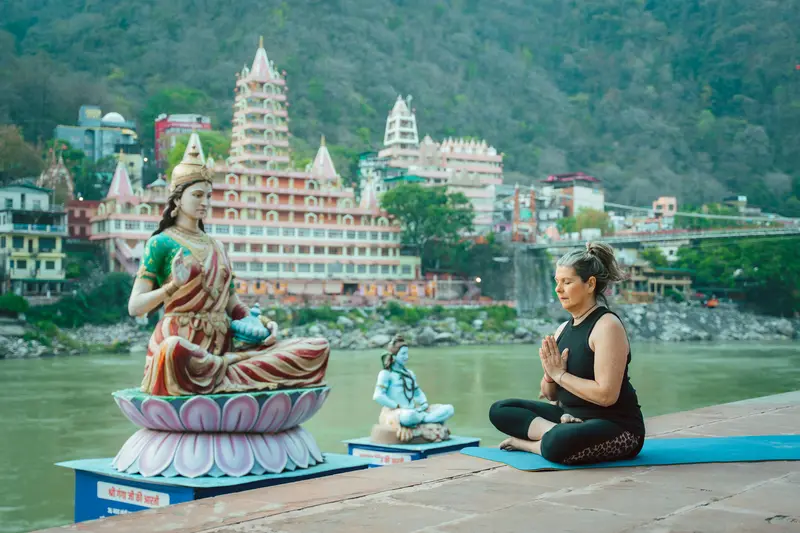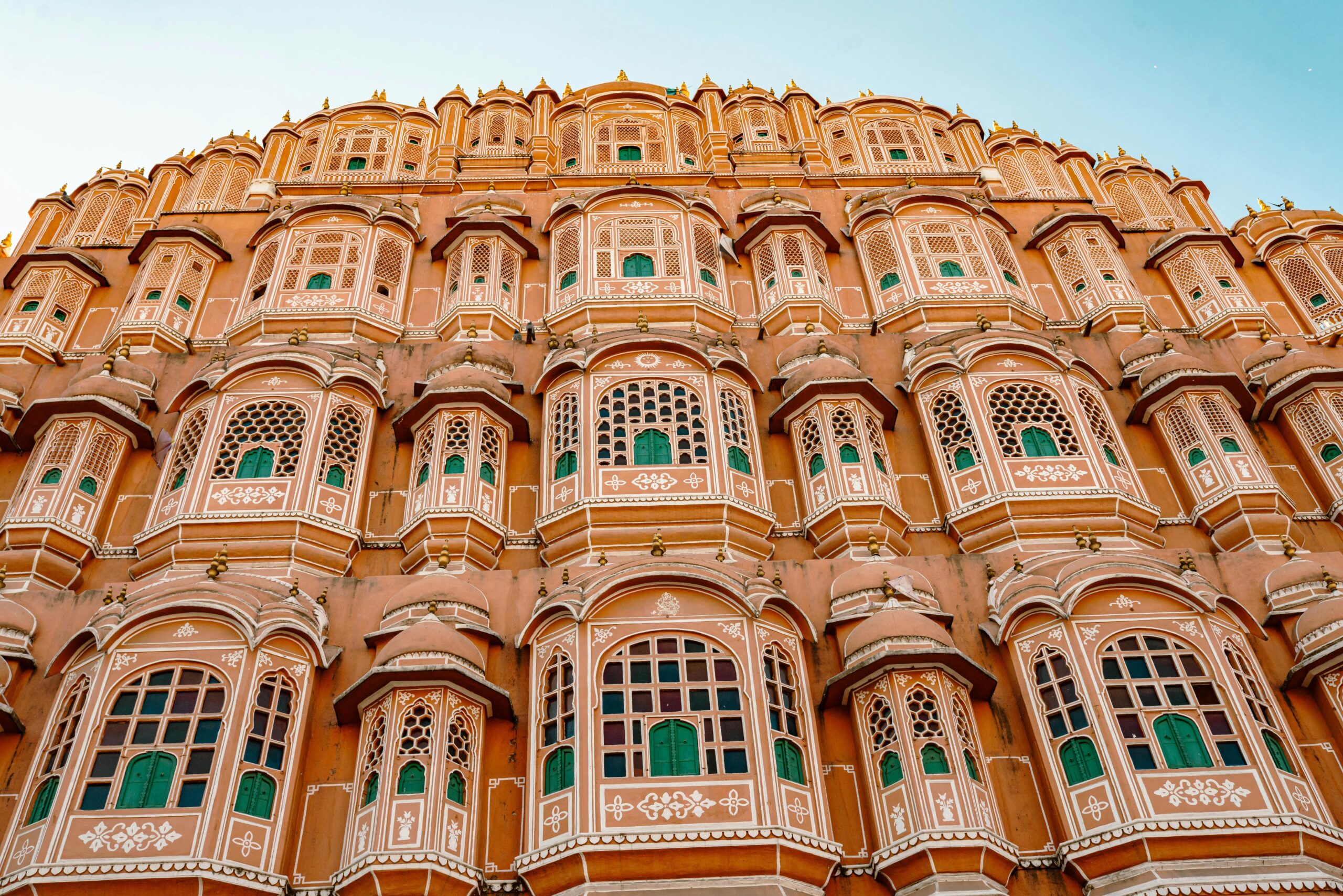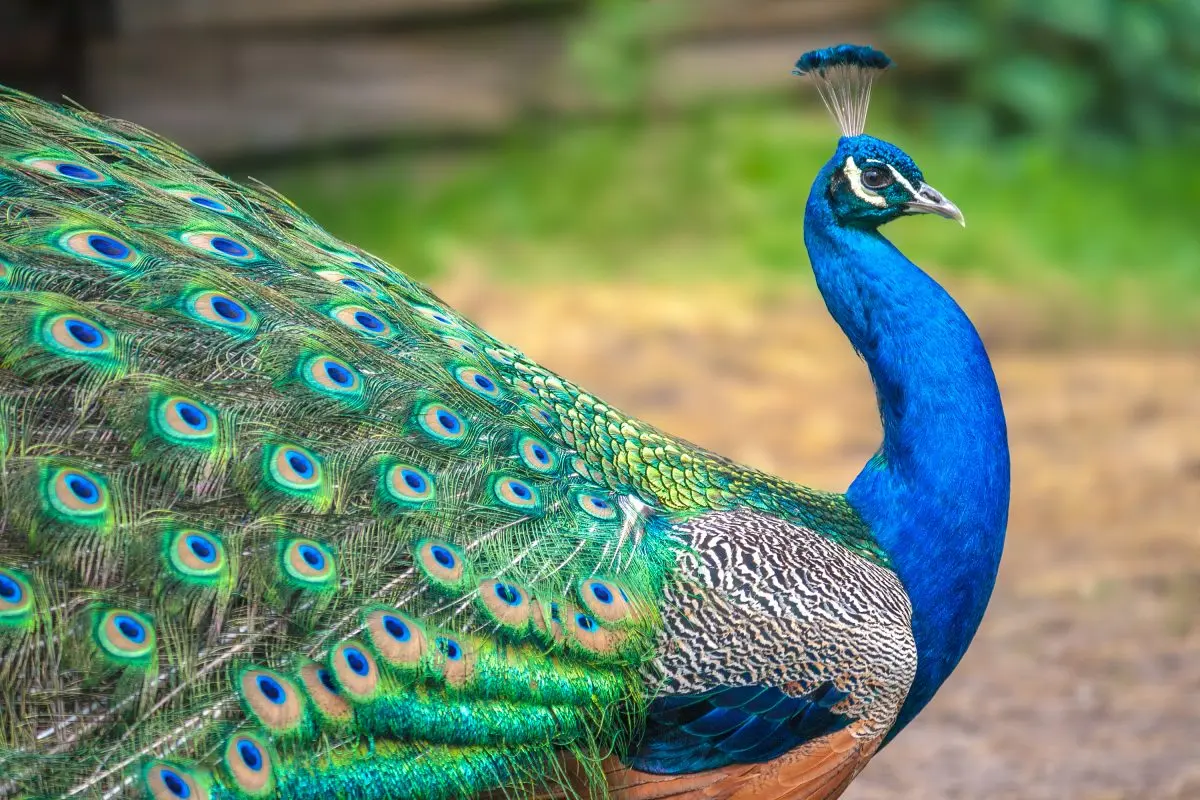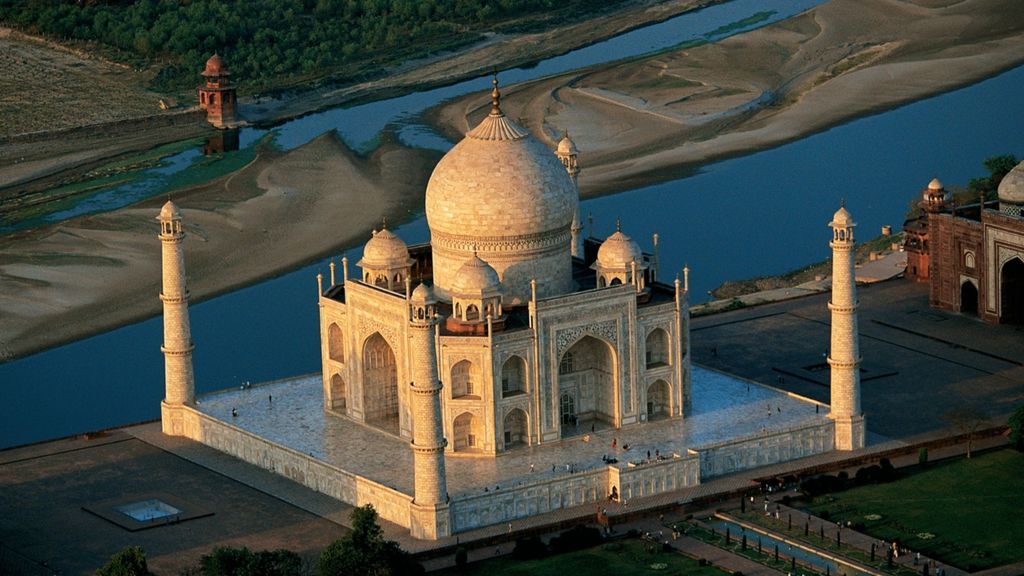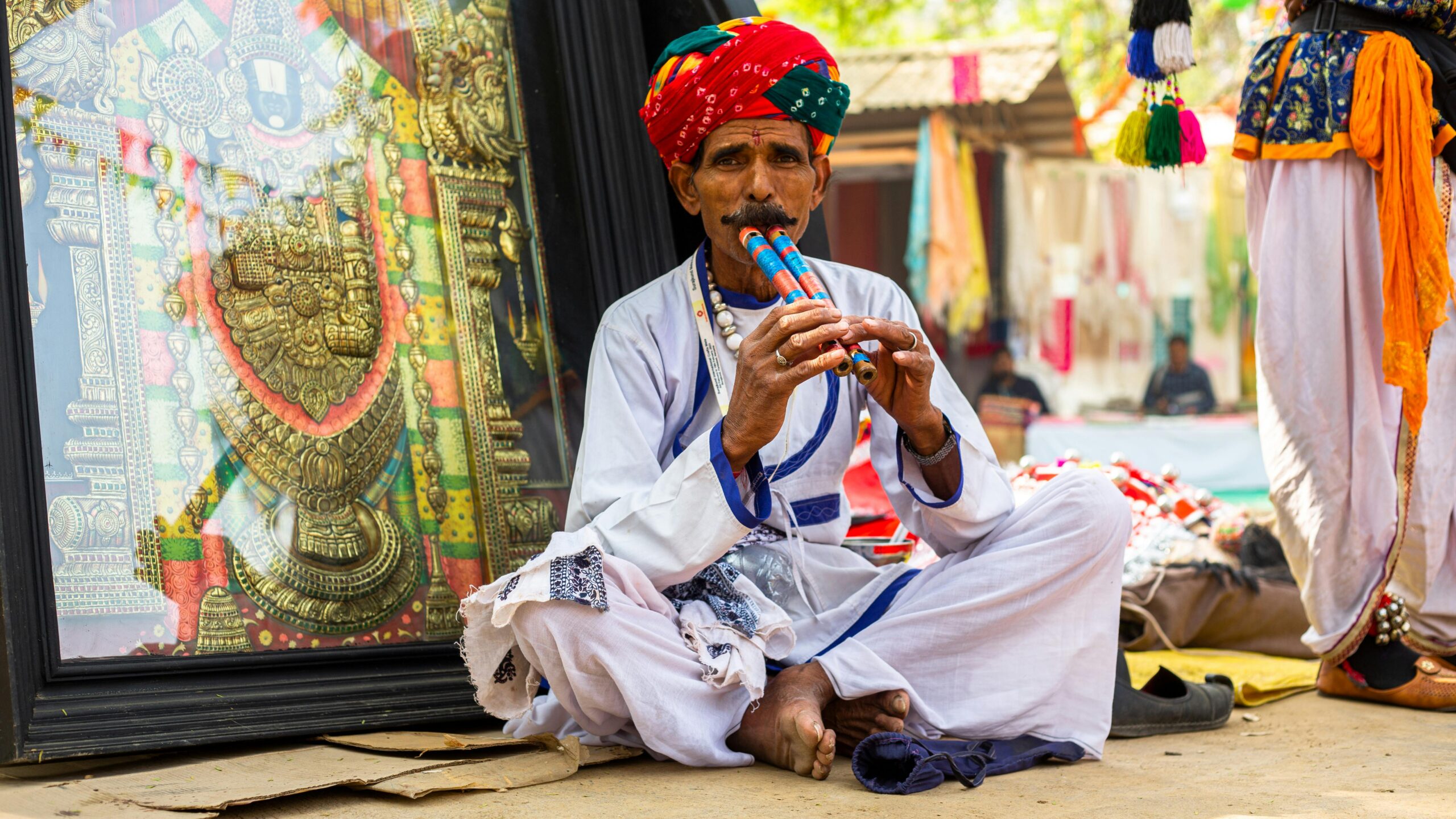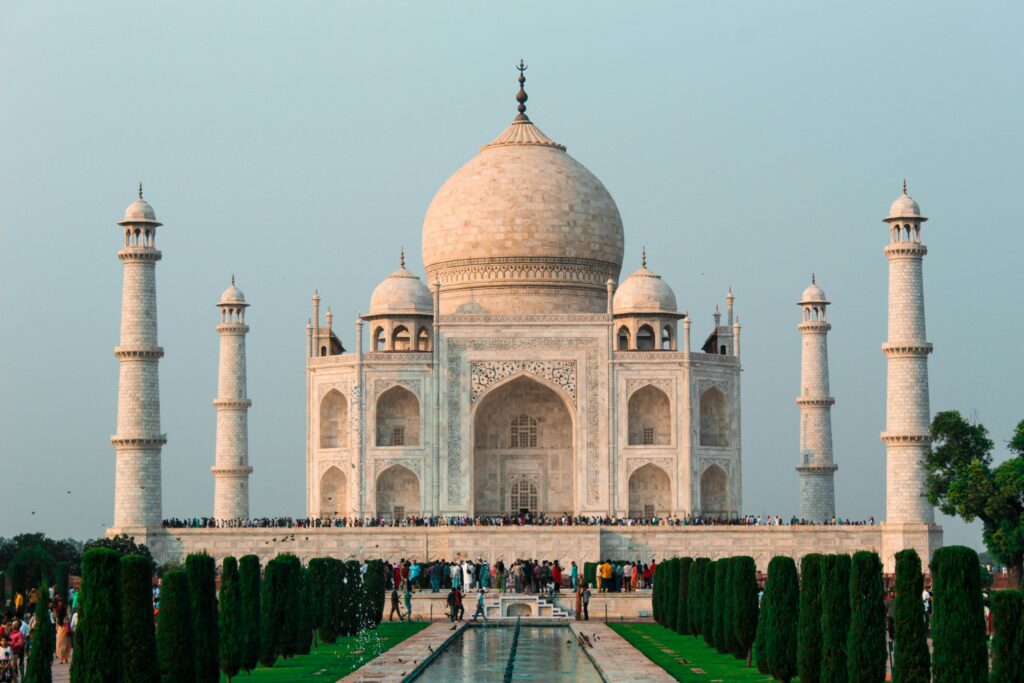
Duration: 20 Days
Cities Covered:
Delhi – Varanasi – Khajuraho – Gwalior – Agra – Jaipur – Ranthambhore – Pushkar – Udaipur – Jodhpur
– Jaisalmer – Bikaner – Mandawa – Delhi
North India is a mosaic of cultures, colours, and centuries-old traditions. Each region tells a story — from Delhi’s Mughal grandeur to the spirituality of Varanasi, the architectural brilliance of Khajuraho, and the royal charm of Rajasthan’s desert cities. The Best of North India Tour by Ashoka Holidays brings these timeless experiences together, offering a journey through heritage, faith, and nature that captures the essence of the Tourist places in North India.
Delhi – The Historic Capital
The tour begins in Delhi, a city where every stone has witnessed history. The contrasts of Old and New Delhi make it a city of endless fascination.
The Red Fort and Jama Masjid reflect Mughal splendour, while Raj Ghat stands in quiet tribute to Mahatma Gandhi. Moving toward New Delhi, India Gate, Rashtrapati Bhavan, and Humayun’s Tomb showcase the city’s architectural grace. The narrow lanes of Chandni Chowk and the modern energy of Connaught Place together define Delhi’s timeless rhythm — a blend of past and present that sets the tone for the journey ahead.
Varanasi – The Spiritual Core of India
Few places in the world embody spirituality like Varanasi. Situated along the sacred Ganges, the city feels eternal. The Ganga Aarti at Dashashwamedh Ghat is not just a ceremony but a spectacle of devotion and unity.
Boat rides during sunrise reveal a city that breathes prayer — from temples lining the ghats to chants echoing across the river. Varanasi’s narrow alleys, traditional music, and sacred rituals make it a living museum of India’s spiritual heritage, one of the most meaningful Places in North India to Visit.
Khajuraho – Where Art Speaks in Stone
Khajuraho, a UNESCO World Heritage Site, offers a glimpse into India’s architectural mastery. The temples here are famed for their intricate sculptures that depict everyday life, spirituality, and divine harmony.
Built between the 9th and 12th centuries, these temples narrate stories of love and devotion through stunning craftsmanship. Kandariya Mahadev Temple stands out as a masterpiece of symmetry and design. Khajuraho is not just about art; it is about understanding human emotion in its purest form, frozen beautifully in time.
Gwalior – The Fortress of Legends
Gwalior combines history and heroism in equal measure. The grand Gwalior Fort stands as a guardian over the city, its walls carrying tales of dynasties that ruled centuries ago. Within its complex lie Jain sculptures, palaces, and temples that showcase artistic brilliance.
Man Mandir Palace’s blue-tiled façade gleams under the sun, while the Sas Bahu Temple and Teli ka Mandir add spiritual grace. The city’s music heritage, linked to legendary artists like Tansen, gives Gwalior a rhythm of its own.
Agra – The Symbol of Eternal Love
No North India tour is complete without Agra. The Taj Mahal, standing beside the Yamuna River, remains a symbol of eternal love and artistic excellence. The marble structure, with its perfect symmetry and gentle glow, captures every traveller’s heart.
Agra Fort and Mehtab Bagh offer perspectives into Mughal grandeur, while the city’s markets brim with marble crafts and sweets. Agra connects emotion, art, and history seamlessly — a core part of the Places to See in North India.
Jaipur – The Pink City’s Regal Charm
Jaipur radiates colour and creativity. The city’s planned layout, royal palaces, and cultural richness make it a highlight of the journey. Amber Fort, with its hilltop view and mirror-studded halls, stands as a testament to Rajput architecture.
City Palace, Hawa Mahal, and Jantar Mantar together tell stories of innovation and royalty. The markets of Jaipur — lined with textiles, jewellery, and handicrafts — capture Rajasthan’s artistic soul. Every corner of Jaipur blends grandeur with authenticity, creating an unforgettable impression.
Ranthambhore – Where the Wild Rules
Ranthambhore National Park offers a different kind of thrill — the excitement of spotting tigers amidst ancient ruins. Once a royal hunting ground, today it is one of India’s leading wildlife sanctuaries.
A safari through its dense forests reveals leopards, sambar deer, and the elusive Bengal tiger. The Ranthambhore Fort inside the park adds a touch of history to the wilderness, showing how nature and heritage coexist in perfect balance.
Pushkar – The Holy Town of the Desert
Nestled around a sacred lake, Pushkar is one of India’s oldest pilgrimage towns. The Brahma Temple here is one of the few dedicated to Lord Brahma. Pilgrims gather by the ghats to perform rituals, while the town’s narrow lanes echo with chants and the aroma of incense.
Pushkar also hosts the world-famous Camel Fair, an event that combines tradition, trade, and festivity. It’s a place where faith meets celebration — a vital stop in understanding Rajasthan’s spiritual dimension.
Udaipur – The City of Lakes
Udaipur is often called the jewel of Rajasthan for its serenity and elegance. Lake Pichola, with its calm waters and palace reflections, forms the heart of the city. The City Palace complex, a blend of Mughal and Rajput architecture, offers breathtaking views of the lake and Aravalli hills.
Evenings in Udaipur feel magical — boat rides, folk performances, and the shimmering lights of the old city create an atmosphere of romance and royalty.
Jodhpur – The Blue City Beneath the Fort
Jodhpur’s charm lies in its contrast of colour and strength. The blue-painted houses beneath the towering Mehrangarh Fort create a stunning visual harmony. The fort’s museum showcases arms, paintings, and royal artefacts, offering insights into the city’s proud legacy.
Jaswant Thada, Umaid Bhawan Palace, and the bustling Sardar Market bring history and local life together. Jodhpur stands as a bridge between Rajasthan’s royal past and its vibrant present.
Jaisalmer – The Golden City of the Desert
Jaisalmer rises from the Thar Desert like a golden mirage. Its sandstone fort glows under the sun, housing temples, palaces, and lively markets within its walls. Camel safaris through the Sam Sand Dunes offer a glimpse of desert life under starlit skies.
The intricate havelis, especially Patwon Ki Haveli, speak of the artistry and wealth of Jaisalmer’s past. The city represents endurance — beauty thriving amid harsh sands.
Bikaner and Mandawa – Royal Heritage Trails
Bikaner, known for its Junagarh Fort and rich culture, retains its regal dignity. The fort’s ornate interiors and sandstone walls tell tales of courage and craftsmanship. The city’s sweets and camel breeding farm add local flavour to the visit.
Mandawa, with its fresco-filled havelis, feels like an open-air art gallery. Every wall carries paintings of mythological stories and royal life, showcasing Rajasthan’s artistic spirit.
Conclusion
The Best of North India Tour by Ashoka Holidays captures the diversity and depth of a region that defines India’s cultural heartbeat. From Delhi’s power and Varanasi’s peace to Rajasthan’s royal charm, this journey is an immersion into stories that continue to inspire.
These destinations together reveal why the Tourist places in North India are not just destinations — they are timeless experiences woven with history, faith, and beauty.
People Also Ask
What are the main tourist places in North India?
Delhi, Agra, Jaipur, Varanasi, and Rajasthan’s desert cities are among the most visited for culture, architecture, and heritage.
Why is Varanasi famous?
Varanasi is one of the world’s oldest living cities and a major spiritual centre along the sacred Ganges River.
Which fort is a must-visit in Rajasthan?
Amber Fort in Jaipur and Mehrangarh Fort in Jodhpur are known for their grand architecture and royal history.
What wildlife can be seen in Ranthambhore?
Ranthambhore is home to Bengal tigers, leopards, deer, and numerous bird species in their natural habitat.
Which city is called the City of Lakes?
Udaipur is known as the City of Lakes, admired for its palaces and tranquil water views.
What is Khajuraho famous for?
Khajuraho is world-renowned for its intricate temple sculptures celebrating art, life, and spirituality.
When is the best time to visit North India?
October to March offers pleasant weather, ideal for sightseeing and outdoor activities.
What makes Rajasthan special?
Its palaces, deserts, festivals, and vibrant traditions make Rajasthan a cultural treasure of North India.


